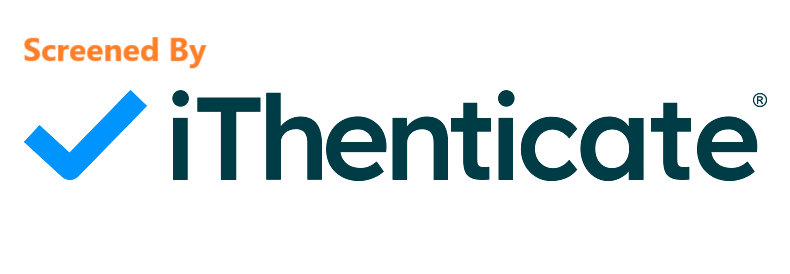Ceramic coatings for extreme environments and energy aystems: A review
- 1 Department of Chemical Engineering, University of Mohaghegh Ardabili, Ardabil, Iran
Abstract
This paper provides a comprehensive review of wear-resistant ceramic coatings used in extreme environments, such as oil and gas operations, thermal barrier coatings, energy, and industrial applications. It explores various material classes, including oxides, carbides, nitrides, and borides, focusing on their thermal stability, mechanical strength, and resistance to oxidation and wear. The study discusses different deposition techniques, including chemical vapor deposition (CVD), physical vapor deposition (PVD), and plasma spraying, highlighting their advantages and challenges. Key challenges, including brittleness, adhesion issues, and high-temperature oxidation, were explained in detail, along with emerging solutions like high-entropy ceramics, self-healing materials, and computational modeling. The integration of smart monitoring systems and advanced fabrication methods is demonstrated as a promising way for optimizing the durability and performance of ceramic coatings. This review also aims to bridge the existing knowledge gaps, offering insights into the latest advancements and future directions in the development of high-performance ceramic coatings for extreme environments.
Downloads
Copyright (c) 2025 Farrokhfar Valizadeh Harzand, Ehsan Samandizade, Amirhossein Yazdani Dizicheh, Ali Nematollahzadeh

This work is licensed under a Creative Commons Attribution 4.0 International License.
Copyright
Authors are the copyright holders of their published papers in Synthesis and Sintering, which are simultaneously licensed under a Creative Commons Attribution 4.0 International License. The full details of the license are available at https://creativecommons.org/licenses/by/4.0/.
All papers published open access will be immediately and permanently free for everyone to read, download, copy, distribute, print, search, link to the full-text of papers, crawl them for indexing, pass them as data to software, or use them for any other lawful purpose without any registration obstacles or subscription fees.








